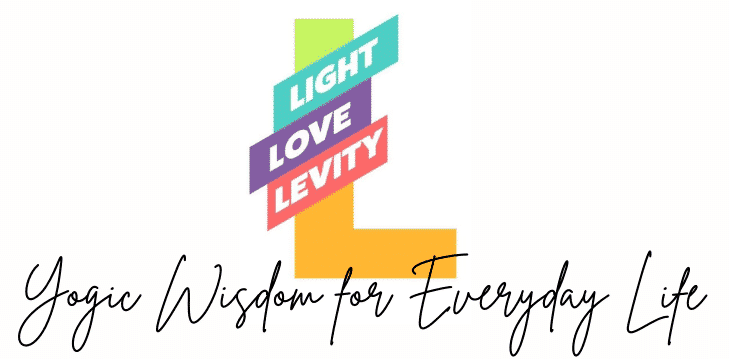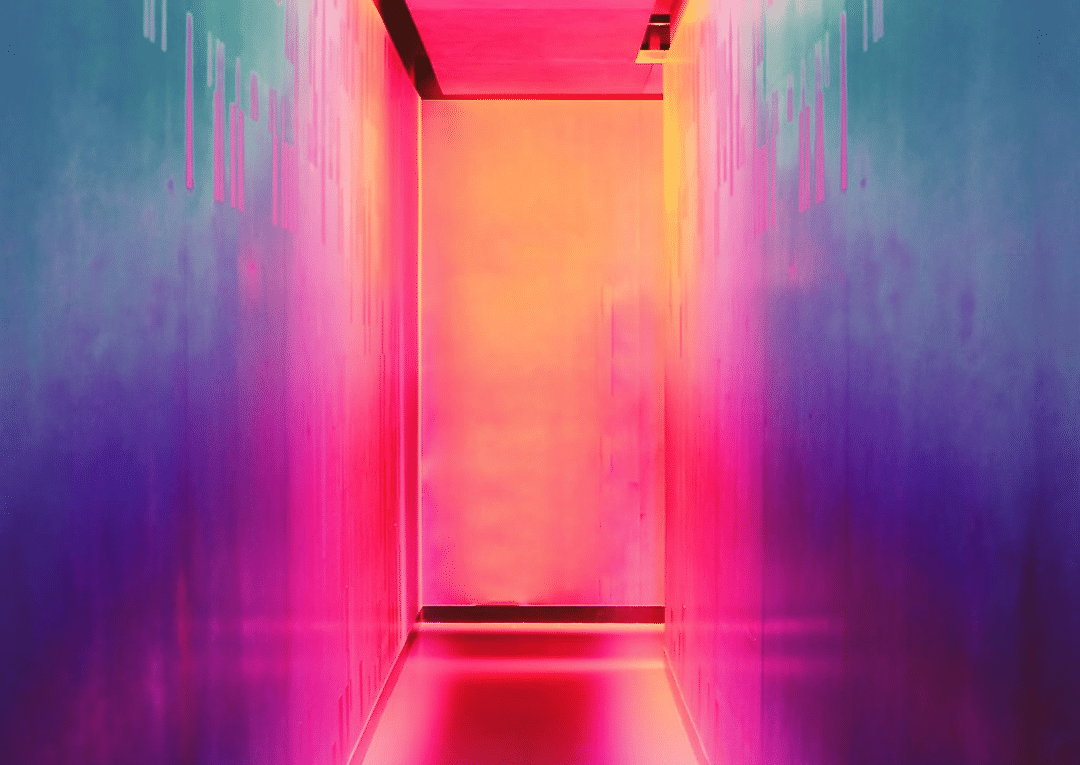Have you ever heard of Color Psychology: how colors affect your emotions? It is an incredible philosophy that surrounds us in daily life. I mean, haven’t you ever wondered, “why did they paint the walls this color?” We’ve all had the experience of walking into a room and saying something like, “Ahh,” as if it’s the most restful place to be. Likely, the color is serving a purpose, whether you realize it or not. Then there are those times when, upon entering an abode, we comment, “Wow!” Well, maybe it’s a subconscious expression of the underlying feeling of energy in the room. It’s a thing, so let’s see what we can learn from drawing our awareness to it.
Why Color Sparks Strong, Spontaneous Reactions To Our Environment
Your reactions and psychological responses could be largely in response to surrounding colors. The colors incite some muscular or emotional response in you. First things first, understand that this can be a blanket response or completely related to your own personal experiences. Historically, different cultures have regarded color as having the power to affect mood, feelings, health, and even behavior. Think about how road signs and traffic lights are color-coded. Consider the color scheme of the chakra system. Within many systems, meanings of and responses to color are encoded and prompt us to react to each color in particular ways. So, day to day, if you want to change the mood you experience in your home or office, consider how color can help you reach your desired outcomes. Achieve the ambiance you’re seeking to express in your cherished spaces with just a little splash of color.
Colorology
BLUE
Aids in healing and managing pain. Promotes feelings of tranquility and evokes the imagery of all things sky and water.
GREEN
Brings about thoughts of the outdoors and the wonders of nature.
Does it spark your feelings of serenity, restfulness, and even joy?
Some find that the color green decreases stress and increases feelings of relaxation.
ORANGE
Promotes healthy lungs and produces greater energy and vitality in people.
Orange is a warm color that breeds excitement.
When you walk into a room that’s painted orange, does it grab your attention?
Yellow
The color of the sun produces feelings of warmth and brightness.
Like orange, yellow cannot be ignored. It’s even been referred to as the most “visible” hue in the color spectrum.
If you want to “cheer up” your kitchen, yellow might be the right choice for you.
RED
Full of drama and mystery, a room painted red is evocative of emotions such as comfort, intensity, warmth, and even love.
Red is perhaps one of the most triggering colors, to both the positive and negative.
STOP/ LOVE /PASSION = just a few of Red’s common embodiments.
BLACK
Although you may not consider black a true color, it’s a very important hue.
In terms of your feelings, black can induce a gamut of strong emotions.
Do you experience sensuality, mourning, or sadness when you encounter black?
In films, black is used to represent a deep, dark, ominous character.
WHITE
The antithesis to black, white evokes feelings of innocence.
It’s customary to have a lot of white in hospitals as the color has come to indicate sterility and cleanliness.
Want a room to appear bigger? Put some white paint on the walls.
If you want a dark space to appear lighter, white is your solution. Using white as a trim color in a room makes your wall color “pop.”
In Conclusion
How do you feel in response to each color? Did the description above resonate with you or were your instinctual interpretations a little different? Colors are powerful in that they affect how you feel and what they prompt you to think of. In fact, the emotions surrounding colors seep into all areas of life, bringing color psychology full circle and impacting out tendencies to think, speak and do things in a certain way in response to the color-coded stimulus. #InterestingStuff. For now, Play with it: To lift your mood, bring about feelings of tranquility, or induce excitement, use these basics of color psychology to decorate your home. Encourage the mood and feelings you strive for just by skillfully selecting wall and accessory colors! At the end of the day, color psychology is just a little food for thought.

